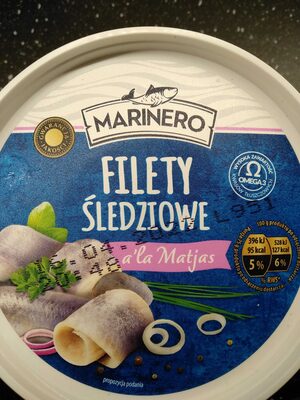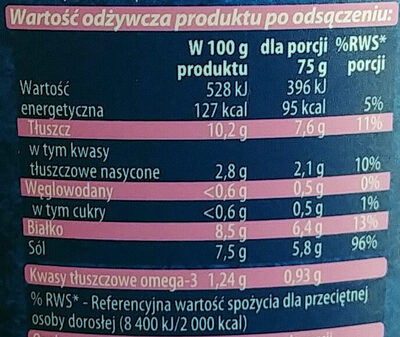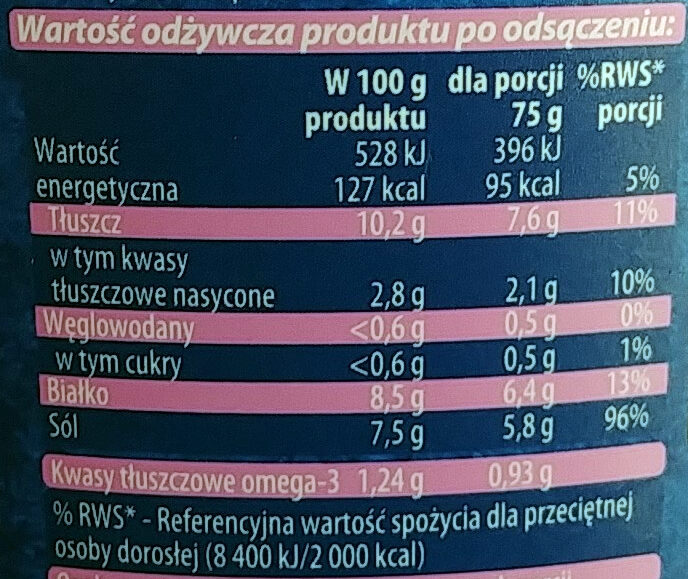Filety śledziowe a'la Matjas - Marinero - 600 g
Ambiguous barcode: This product has a Restricted Circulation Number barcode for products within a company. This means that different producers and stores can use the same barcode for different products.
×
This product page is not complete. You can help to complete it by editing it and adding more data from the photos we have, or by taking more photos using the app for Android or iPhone/iPad. Thank you!
×
Barcode: 20503031
Quantity: 600 g
Packaging: Plastic, Pp-polypropylene
Brands: Marinero
Categories: Seafood, Fishes and their products, Fishes, Fish fillets, Herring fillets
Origin of ingredients: Atlantic Ocean, North-East Atlantic Ocean
Traceability code: PL 32081817 WE
Stores: Biedronka
Countries where sold: Poland
Matching with your preferences
Environment
Packaging
Transportation
Report a problem
Data sources
Product added on by pyrka
Last edit of product page on by arc2.
Product page also edited by openfoodfacts-contributors, packbot, roboto-app, sierigh, waistline-app.
If the data is incomplete or incorrect, you can complete or correct it by editing this page.











